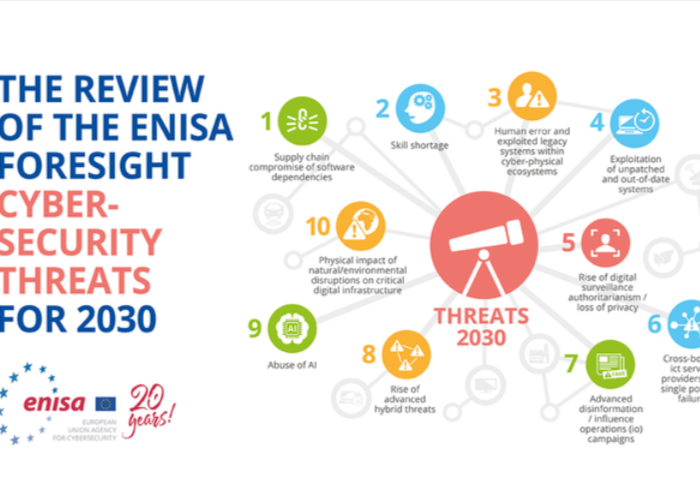MultiTeam Solutions, a leading human-centered cybersecurity teamwork development company, has shared a concerning statistic – half of cybersecurity professionals are expecting to experience burnout within the next year. This revelation comes from a new report titled “Stress & Burnout in Cybersecurity: The Risk of a Thousand Papercuts,” based on a survey of 173 international cybersecurity professionals.
The report highlights the mental health pressures faced by cybersecurity professionals and the high likelihood of burnout occurring. While 52% of respondents felt resilient to stress, an equal 50% expressed that they are on track to experience burnout shortly. Additionally, 35% anticipate burnout within the next six months, with a staggering 80% expecting to reach burnout within three years.
In the report, burnout is defined as “lacking the motivation to do their job effectively.” As a result, cybersecurity professionals feel compelled to leave their organization or seek out new opportunities to manage the stress burden they are experiencing.
When asked about the support structures in place, the majority (79%) told MultiTeam Solutions that they are at least somewhat comfortable sharing their concerns around burnout with their supervisors. Further to this, 81% of respondents indicated Senior Level Management (SLM) at least somewhat understands their stress. However, only 23% of cybersecurity professionals believe that SLM actively works to reduce their stress, and nearly 50% of respondents indicated that SLM adds to their stress, acting as a significant contributor to feelings of burning out.
Dr. Daniel Shore, co-founder and social behavioral scientist at MultiTeam Solutions, commented on the report’s findings.
“At a time when the frequency of cybersecurity attacks is exponentially rising, our research has revealed that the burnout crisis is now. Work-induced stress impacts motivation and brings many cybersecurity professionals to a breaking point. It means these individuals seek new opportunities, undermining longevity and increasing the industry’s already high turnover rate. Not to mention, that when these professionals move to a cybersecurity role in another organization, they are entering a very similar culture as the one they just left and will, if they and their new employer are lucky, at best have a honeymoon period of motivation before burning out yet again.
“Naturally, we are led to ask what is being done by organizations to reverse the trend. At the moment, our research infers that SLM and supervisors are at a loss of resources, skills, capacity, and their motivation.
“A complete cultural shift is needed that properly appreciates the mental health pressures placed on cybersecurity professionals, breaking down silos that isolate individuals and understanding the human factors linked to burnout. Failing this, there is a real risk the industry will continue to be at a disadvantage for addressing the mounting cyber threats which only continue to increase in number and complexity.”
Source: Multiteam.solutions




